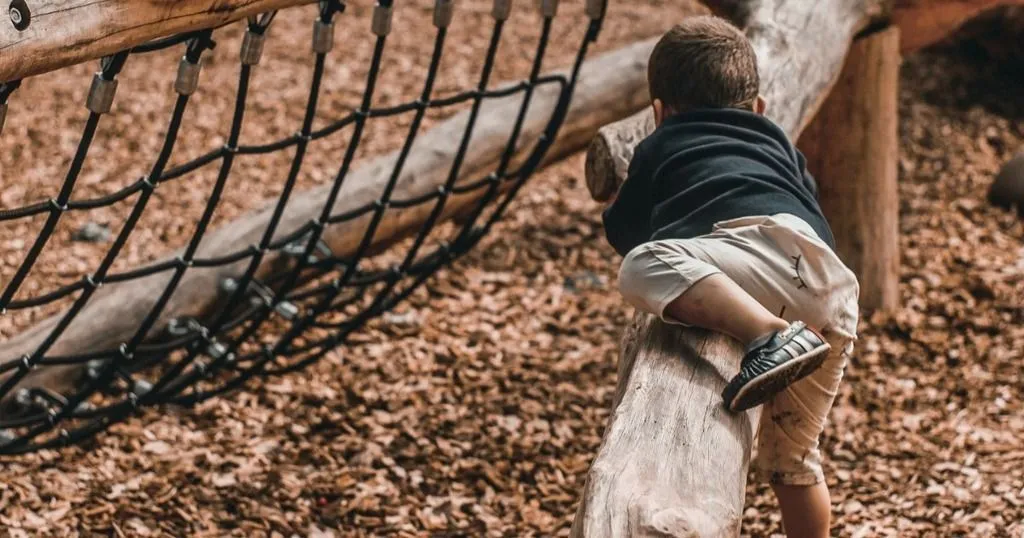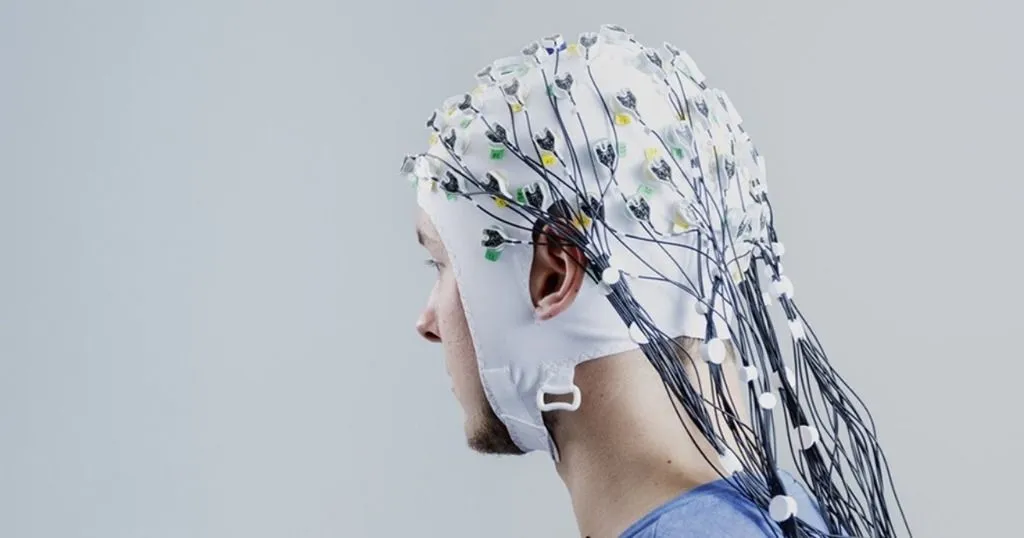Studying posture development in infants at risk for autism
Research shows that early posture development is delayed in infants who are eventually diagnosed with an autism spectrum disorder (ASD). Understanding these delays helps to improve early diagnosis and intervention.
Posted by
Published on
Mon 01 Jul. 2019
Topics
| Autism | Child Development | Infants | Language Disorder | Motor Development | Observational Research | The Observer XT | Developmental Disorder |

In the first year and a half of life, infants reach many milestones in motor development.
At first, they need full support from a surface and are only able to lie down. However, as they gain greater strength and balance, infants develop postures that are more challenging, like sitting and standing.
With new postures come new possibilities to interact with caregivers, objects, and one’s own body.
For example, when infants develop from lying to sitting positions, their reach and field of vision expand. This promotes exploration, eye-hand coordination, and even early communication skills such as joint attention.
In other words, posture development does not just indicate advanced motor control, but stimulates other forms of development as well.
Early development in autism
Research shows that early posture development is delayed in infants who are eventually diagnosed with an autism spectrum disorder (ASD). Understanding these (sometimes subtle) differences in development is vital in improving early identification of ASD.
However, these studies rely mostly on retrospective observations from available footage. This limits both sample size and experimental control.
To advance this field of study, research has recently expanded to prospective observations of infants who are at heightened biological risk for ASD. Specifically, this concerns infants who have an older sibling with a disorder in this spectrum.
Children from this high-risk group are diagnosed with ASD more often than children from the general population. Even when these infants are not eventually diagnosed with ASD, growing evidence suggests that they are still at risk for developmental delays or subclinical symptoms of ASD.
Observing posture
In the current study, researchers examined posture development in infants with a high (HR) or low risk (LR) of developing ASD. All children were assessed at six, eight, 10, 12, and 14 months.
The HR group consisted of infants who eventually got a diagnosis of ASD (N=14), delayed language development (N=17), or no diagnosis at all (N=28). The LR group consisted of 25 typically developing infants.
Infants were observed at home during the families’ normal activities and during a time period of free play with their favorite toys.
Infant postures were classified as lying, (un)supported sitting, leaning on all-fours, or (un)supported standing. For supported sitting and standing positions, coders also observed whether these positions were sustained by a caregiver or by the infant itself.
The durations of all infant postures were coded with The Observer XT.
Differences in posture development
Results showed that ASD infants from the HR group developed differently compared to all other groups. Generally, infants from this group were slower in developing from less advanced to more challenging postures.
These differences were most pronounced when studying all-four posture. Not only did the HR-ASD infants consistently spend less time in this posture than their peers, but they also exhibited a distinctive pattern of developmental change.
Furthermore, infants from the HR group who were later diagnosed with ASD or language delays showed a slower progression in the development of unsupported sitting and standing.
Lastly, researchers found that HR-ASD infants spent more time in sitting and standing postures that were sustained by a caregiver, compared to all other groups.
Clinical implications
Findings from this study indicate that infants with ASD, and to a lesser extent those with language delays, exhibit unique developmental paths compared to their peers.
Furthermore, they suggest that studying posture may also differentiate between children who will receive a diagnosis of ASD and those who will be diagnosed with language delays.
Knowledge from studies like these can be used to improve early identification of developmental disorders.
Targeted interventions
As was described in the beginning of this blog post, posture development can also influence other areas of development, such as exploration and communication.
As a result, disruptions in early postural development may be especially far-reaching for infants with ASD, who are already vulnerable to developmental delays and social-cognitive difficulties.
Therefore, the researchers from this study recommend incorporating interventions for infant posture development in current treatments for ASD.
Transforming infants’ earliest experiences in this area may stimulate other areas of their development as well, improving overall care for children with ASD and other developmental disorders.
Reference
Leezenbaum, N.B.; Iverson, J.M. (2019). Trajectories of posture development in infants with and without familial risk for autism spectrum disorder. Journal of Autism and Developmental Disorders, doi: 10.1007/s10803-019-04048-3
Related Posts

Challenging play behavior: does it still exist?

Direct observations help develop effective interventions in adolescence

